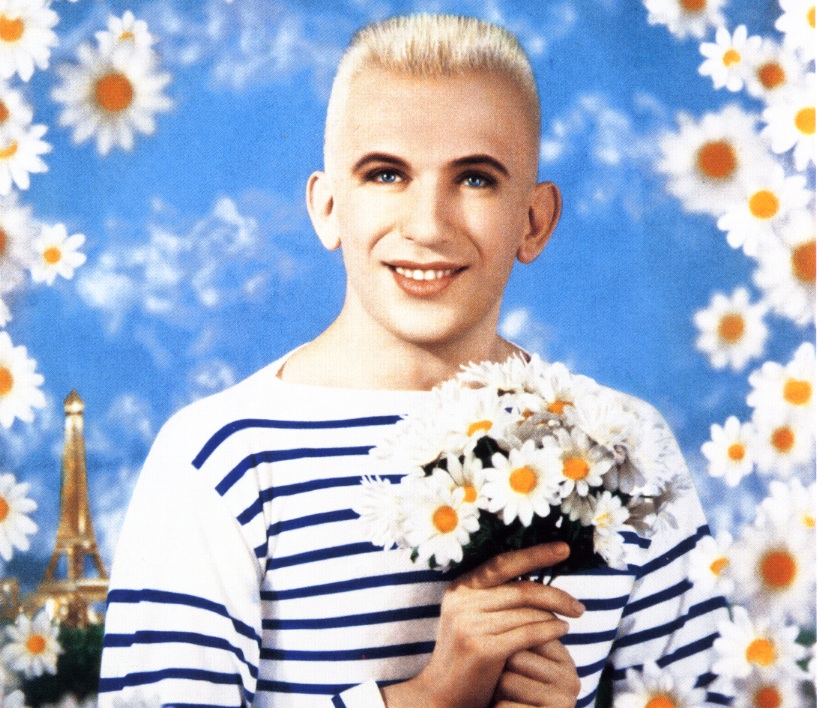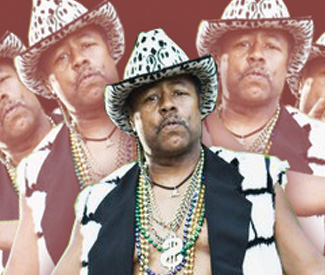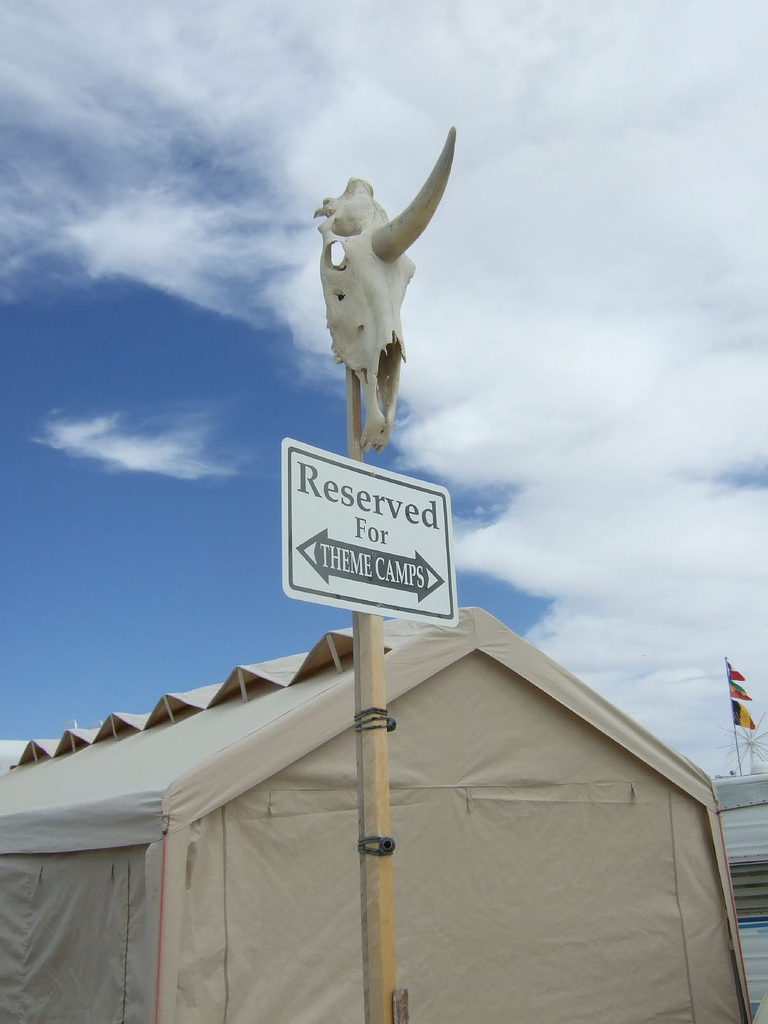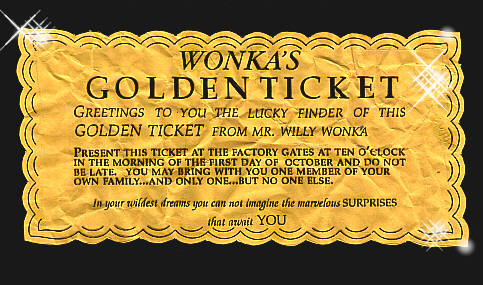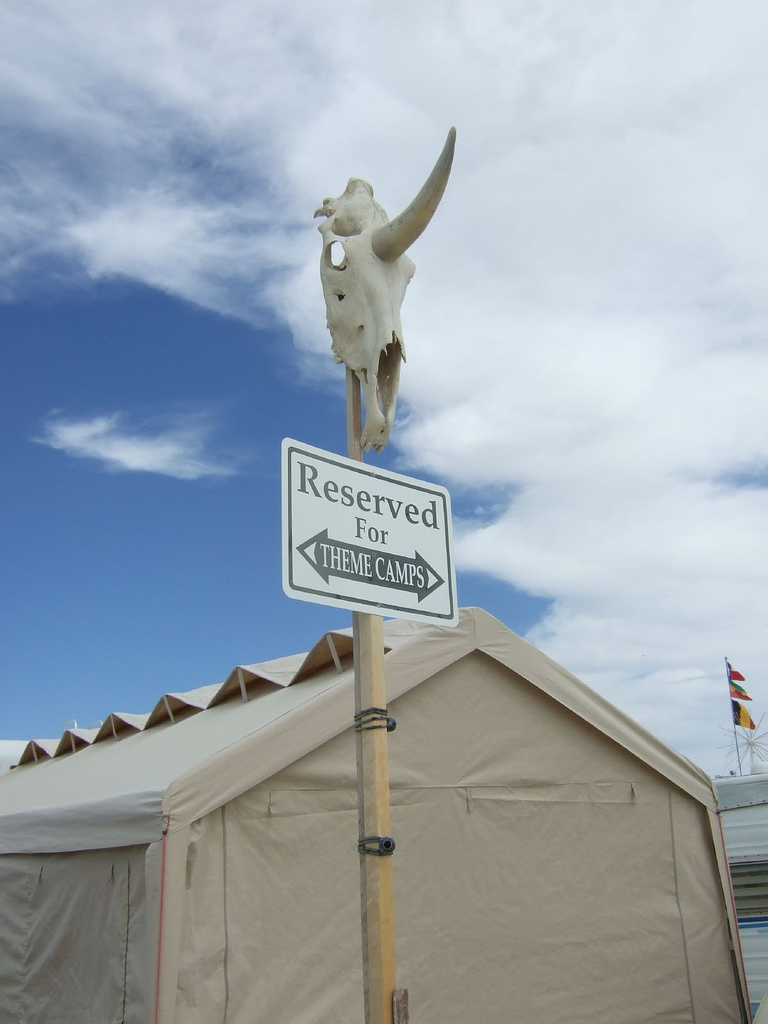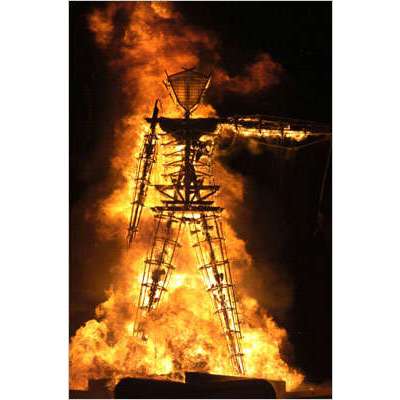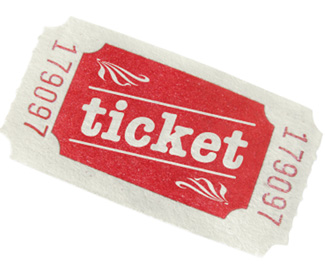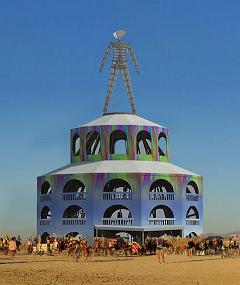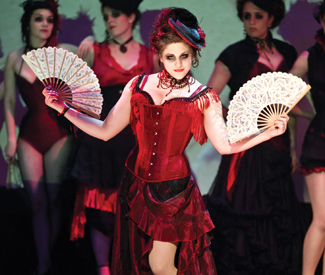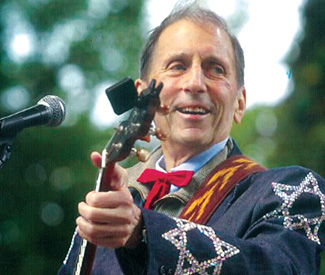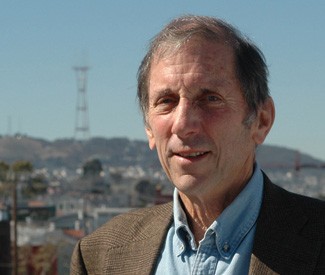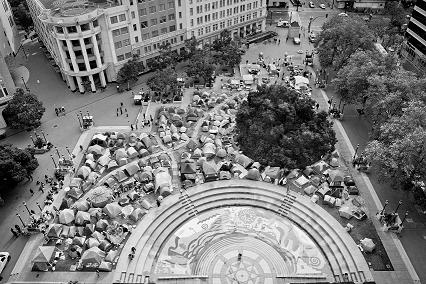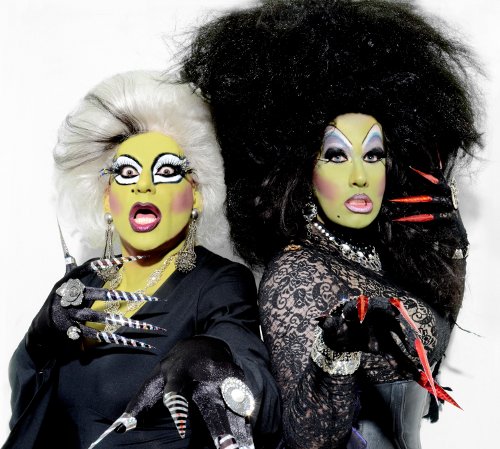Since club life is unpredictable, it’s a good idea to call ahead or check the venue’s website to confirm bookings and hours. Prices are listed when provided to us. Visit www.sfbg.com/venue-guide for venue information. Submit items for the listings at listings@sfbg.com. For further information on how to submit items for the listings, see Picks.
WEDNESDAY 28
ROCK/BLUES/HIP-HOP
Adios Amigo, Sami.The.Great Hotel Utah. 8pm, $8.
Aziatix, Russell W. Cafe Du Nord. 8pm, $17-$20.
JC Brooks and the Uptown Sound, Slippery Slope, Riot Earp Bottom of the Hill. 9pm, $10.
Damir Johnny Foley’s. 9pm, free.
Dirty Ghosts, Chapter 24, Slam Hound Hemlock Tavern. 9pm, $7.
Dirty Hand Family Band, Viva Le Vox, Rachel Brooke, Slow Poisoner Thee Parkside. 8pm, $7.
Jeff vs. Jason Marion Johnny Foley’s Dueling Pianos. 9:30pm.
Liz O Show, Wes Leslie and His Deadly Medley, Donovan Plant Brick and Mortar Music Hall. 9pm, $5-$7.
Pro Blues Jam with Keith Crossan Biscuits and Blues. 8 and 10pm, $15.
Punk Floyd, Slow Dance Killers El Rio. 9pm, $5.
Sea of Bees, Radiation City, Loom Rickshaw Stop. 8pm, $10.
Shinedown, Adelitas Way, New Medicine Regency Ballroom. 7pm, $37.
Voxel, Beautiful Losers 50 Mason Social House, SF; www.50masonsocialhouse.com. 9pm.
JAZZ/NEW MUSIC
John B Yoshi’s. 8pm, $32; 10pm, $28.
Chris Amberger Trio and Jazz Jam Yoshi’s Lounge. 6:30pm, free.
Cosmo AlleyCats Le Colonial, 20 Cosmo Place, SF; www.lecolonialsf.com. 7-10pm.
Dink Dink Dink, Gaucho, Michael Abraham Amnesia. 7pm, free.
Greg Gotelli Quartet Medjool, 2522 Mission, SF; www.medjoolsf.com. 6-9pm, free.
Ricardo Scales Top of the Mark, 999 California, SF; www.topofthemark.com. 6:30pm, $5.
Russell Thompkins Jr. & the New Stylistics Rrazz Room. 8pm, $45.50-$47.50.
FOLK/WORLD/COUNTRY
Skip Heller Revolution Cafe, 3248 22 St, SF; (415) 642-0474. 8:30pm.
DANCE CLUBS
Booty Call Q-Bar, 456 Castro, SF; www.bootycallwednesdays.com. 9pm. Juanita MORE! and Joshua J host this dance party.
Coo-Yah! Som., 2925 16th St, SF; (415) 558-8521. 10pm, free. DJs Daneekah and Green B spin reggae and dancehall with weekly guests.
Full-Step! Tunnel Top. 10pm, free. Hip-hop, reggae, soul, and funk with DJs Kung Fu Chris and Bizzi Wonda.
KUSF in Exile DJ Night Monarch, 101 Sixth, SF; www.savekusf.org. 5:30-9:30pm.
Mary Go Round Lookout, 3600 16th St, SF; www.lookoutsf.com. 10pm, $5. Drag with Suppositori Spelling, Mercedez Munro, and Ginger Snap.
Megatallica Fiddler’s Green, 1333 Columbus, SF; www.megatallica.com. 7pm, free. Heavy metal hangout.
Shutter Elbo Room. 10pm, $5. With DJs Nako, Omar, and Justin.
Southern Fried Soul Knockout. 9:30pm, $3. With selectors Medium Rare (Jason Duncan) and Psychy Mikey.
Vespa Beat Bliss Bar, 4026 24th St., SF; www.blissbarsf.com. 9pm, free. MSK.fm spins raregrooves, electroswing, and boogie.
THURSDAY 29
ROCK/BLUES/HIP-HOP
Ferocious Few, Zodiac Death Valley, B. Hamilton Great American Music Hall. 8:30pm, $15.
Fights Without Fears Within, Broken Cities, Groundskeeper Hemlock Tavern. 9pm, $7.
Flight Facilities, popscene DJs Rickshaw Stop. 10pm, $12-$14.
Generalissimo, Moggs, Minot El Rio. 8pm, $5.
Grannies, Kamikaze Queens, Rough Mix Thee Parkside. 9pm, $6.
Great Girls Blouse, AMs, Victoria & the Vaudevillians, Courtney Nicole Hotel Utah. 8pm, $6.
Mark Growden, Night Genes Brick and Mortar Music Hall. 8pm.
Penelope Houston Cafe Du Nord. 8:30pm, $12.
John Garcia Band Biscuits and Blues. 8 and 10pm, $15.
John Lawton Trio Johnny Foley’s. 9pm, free.
Jason Marion vs. Jeff Johnny Foley’s Dueling Pianos. 9:30pm.
Valerie Orth, Emily Anne Band, JRo Project Amnesia. 9pm, $7-$10.
Picture Atlantic, Stomacher, Via Coma, Briertone Slim’s. 8pm, $13.
Waiting Room, Catharsis for Cathedral, Shakes Gown, Infinity Rider Knockout. 9:30pm, $6.
W-Beez, Revivalists Boom Boom Room. 8pm, $8.
Tyga, YG, Lil Twist Warfield. 8pm, $28.
Tyrone Wells, Joe Brooks, Mike Annuzzi Independent. 8pm, $18.
JAZZ/NEW MUSIC
John B Yoshi’s. 8pm, $32.
Stompy Jones Top of the Mark, 999 California, SF; www.topofthemark.com. 7:30pm, $10.
Tom Lander and Friends Medjool, 2522 Mission, SF; www.medjoolsf.com. 6-9pm, free.
Michael LaMacchia Yoshi’s Lounge. 6:30pm, free.
Mercury Falls Revolution Cafe, 3248 22 St, SF; (415) 642-0474. 8:30pm.
Russell Thompkins Jr. & the New Stylistics Rrazz Room. 8pm, $45.50-$47.50.
FOLK/WORLD/COUNTRY
Twang! Honky Tonk Fiddler’s Green, 1330 Columbus, SF; www.twanghonkytonk.com. 5pm. Live country music, dancing, and giveaways.
DANCE CLUBS
Afrolicious Elbo Room. 9:30pm, $5. With DJ/host Pleasuremaker spins Afrobeat, Tropicália, electro, samba, and funk.
DJ Dangerous Alien 50 Mason Social House, SF; www.50masonsocialhouse.com. 9pm.
Get Low Som., 2925 16th St, SF; (415) 558-8521. 10pm, free. Jerry Nice and Ant-1 spin Hip-Hop, 80’s and Soul with weekly guests.
KUSF in Exile DJ Carolyn Hemlock Tavern. 6-9pm.
Thursdays at the Cat Club Cat Club. 9pm, $6 (free before 9:30pm). Two dance floors bumpin’ with the best of 80s mainstream and underground with DJ’s Damon, Steve Washington, Dangerous Dan, and guests.
Tropicana Madrone Art Bar. 9pm, free. Salsa, cumbia, reggaeton, and more with DJs Don Bustamante, Apocolypto, Sr. Saen, Santero, and Mr. E.
FRIDAY 30
ROCK/BLUES/HIP-HOP
Alma DesNuda, Brett Hunter Boom Boom Room. 8pm, $15.
Cumbia Tokeson, Inspector Gadje Brass Band, Gamelan X Rickshaw Stop. 9pm, $10-$12.
“Frequinox” Boom Boom Room. 1:30am, $20. Galactic after party with Stanton Moore, Bobby Mac, and more.
Galactic Fillmore. 9pm, $29.50.
Lagos Roots Afrobeat Ensemble Brick and Mortar Music Hall. 9pm, $7-$10.
Metallagher, White Shit, Space Vacation Thee Parkside.9pm, $10.
Mindless Self Indulgence, Hyro Da Hero Regency Ballroom. 9pm, $27.
Mini Mansions Cafe Du Nord. 9:30pm, $10.
Muddy Roses 50 Mason Social House, SF; www.50masonsocialhouse.com. 7pm.
Pins of Light, Kowloon Walled City, Elephant Rifle, Chris Thayer Hemlock Tavern. 8:30pm, $7.
Chuck Prophet Great American Music Hall. 9pm, $18.
Rad Cloud, Kacey Johansing and Friends, Graves, Natural Bridges Amnesia. 9pm, $7-$10.
Rebirth Brass Band, California Honeydrops, DJ Harry Duncan Independent. 9pm, $25.
Sonny Rhodes Biscuits and Blues. 8 and 10pm, $20.
JC Rockit, Jeff, Jason Marion Johnny Foley’s Dueling Pianos. 9pm.
Saw Doctors Slim’s. 8pm, $25.
Sole Johnny Foley’s. 9pm, free.
Vinyl Lux 50 Mason Social House, SF; www.50masonsocialhouse.com.10pm.
JAZZ/NEW MUSIC
Audium 1616 Bush, SF; www.audium.org. 8:30pm, $20. Theater of sound-sculptured space.
Black Market Jazz Orchestra Top of the Mark, 999 California, SF; www.topofthemark.com. 9pm, $10.
Chano Dominguez Yerba Buena Center for the Arts, 701 Mission, SF; www.sfjazz.org. 8pm, $30-$50.
Russell Thompkins Jr. & the New Stylistics Rrazz Room. 8pm, $45.50-$47.50.
Patrick Wollf Revolution Cafe, 3248 22 St, SF; (415) 642-0474. 9pm.
FOLK/WORLD/COUNTRY
“Ah Vive L’amour: French Songs and Arias TLP Theatre La Perouse, 1201 Ortega, SF; (415) 661-5232. 8pm, $10-$15.
Atlanta Rhythm Section Yoshi’s. 8pm, $25; 10pm, $22.
San Francisco Mandolin Orchestra performs Pergolesi’s Stabat Mater Mission Dolores Basilica, 3321 16 St, SF; www.missiondolores.org. 7:30pm, $10-$15.
DANCE CLUBS
BLOKE Truck, 1900 Folsom, SF; www.trucksf.com. 8pm. DJ Dank and Johnny Kat spin English beats, new wave, trip-hop, and punk.
BWAX Forro Dance Party Bissap Baobab Village, 37722 19th St, SF; www.forrobrazuca.com. 9:30pm, $5. Brazilian with DJs Carioca and P-Shot.
DJ What’s His Fuck Riptide Tavern, 3639 Taraval, SF; (415) 681-8433. 9pm, free. Spinning old school punk rock.
Family Vibes Elbo Room. 10pm, $10. With Bang Data and Non Stop Bhangra.
Joe Lookout, 3600 16th St.,SF; www.lookoutsf.com. 9pm. Eight rotating DJs, shirt-off drink specials.
Pat Mahoney and Nancy Whang of LCD Soundsystem Public Works. 10pm, $10.
Old School JAMZ El Rio. 9pm. Fruit Stand DJs spinning old school funk, hip-hop, and R&B.
Paris to Dakar Little Baobab, 3388 19th St, SF; (415) 643-3558. 10pm, $5. Afro and world music with rotating DJs including Stepwise, Steve, Claude, Santero, and Elembe.
Pledge: Fraternal Lookout. 9pm, $3-$13. Benefiting LGBT and nonprofit organizations. Bottomless kegger cups and paddling booth with DJ Christopher B and DJ Brian Maier.
Teenage Dance Craze Knockout. 10pm, $5. Wild surf, insane garage, and rocking soul with DJs Russell Quan, Okie Oran, and dX the Funky Granpaw.
SATURDAY 31
ROCK/BLUES/HIP-HOP
Bpos, KSB Thee Parkside. 9pm, $10.
Brewing Company 50 Mason Social House, SF; www.50masonsocialhouse.com. 7pm.
Kathleen Edwards, Hannah Georgas Independent. 9pm, $20.
“Frequinox” Boom Boom Room. 1:30am, $20. Galactic after party with Stanton Moore, Bobby Mac, and more.
Fusion Johnny Foley’s. 9pm, free.
Galactic Fillmore. 9pm, $29.50.
Ghosts of Electricity Brick and Mortar Music Hall. 9pm, $17-$20. Tribute to Bob Dylan.
Glitter Wizard, Creepers, Havarti Hemlock Tavern. 9:30pm, $7.
Clay Hawkins, Jeremy D’Antonio, Adam Diener, Daniel Seidel Plough and Stars. 9pm. $6-$15.
Hollow Mirrors, Days of High Adventure Bender’s, 800 South Van Ness, SF; www.bendersbar.com. 10pm, $5.
Jeff, Jason Marion, Rags Tuttle Johnny Foley’s Dueling Pianos. 9pm.
Laura Jean & the Shoo-flies, Val Esway & El Mirage, Verms Knockout. 10pm, $6.
Rebirth Brass Band, Extra Action Marching Band, California Honeydrops Mezzanine. 10pm, $25.
Roots and Rhythm Series with DJ Harry Duncan Amoeba, 1855 Haight, SF; www.amoeba.com. 2-5pm.
Sands, Magic Leaves, Range of Light Wilderness El Rio. 9pm, $7.
Saw Doctors Slim’s. 8pm, $25.
Shellshag, Street Eaters, Neon Piss, Apogee Sound Club El Rio. 3pm, $7.
Strange Vine, Mahgeetah, City Tribe Cafe Du Nord. 9:30pm, $10-$13.
Swindlefish 50 Mason Social House, SF; www.50masonsocialhouse.com. 10pm.
Earl Thomas & the Blues Ambassadors Biscuits and Blues. 8 and 10pm, $15.
Turtle Rising, Edge Play Thee Parkside. 3pm, free.
“Trash Art Bash” King Kong Bar, Escape from NY Pizza, 333 Bush, SF; Facebook: Trash Art Bash. 7-11pm, free. Repurposed art and live music by Pineapple Princess, Skirts, and Mad Mama Lopez.
True Margrit Red Devil Lounge. 7pm, $11-$13.
Young Prisms, Terry Malts, Cold Showers, Cool Angels, Weekend (DJing) Bottom of the Hill. 9pm, $10.
JAZZ/NEW MUSIC
Audium 1616 Bush, SF; www.audium.org. 8:30pm, $20. Theater of sound-sculptured space.
Patrice Rushen & Friends Yoshi’s. 8pm, $30; 10pm, $26.
Russell Thompkins Jr. & the New Stylistics Rrazz Room. 7 and 9:30pm, $45.50-$47.50.
FOLK/WORLD/COUNTRY
Brasil Vox Revolution Cafe, 3248 22 St, SF; (415) 642-0474. 9pm.
Saturday Night Salsa Ramp, 855 Francois, SF; www.facebook.com/therampsf. 5:30pm, $10.
Benny Velarde Yerba Buena Center for the Arts, 701 Mission, SF; www.sfjazz.org. 8pm, $20-$35.
DANCE CLUBS
Boot Camp Clik Mighty. 9pm.
Bootie SF: Whitney Houston Mashup Tribute DNA Lounge. 9pm, $10-$20. With resident Bootie DJs Adrian and Mysterious D, Smash-Up Derby, Whitney Houston tributes, and more.
Double Duchess Rickshaw Stop. 9pm, $8-$10. With DJs Brown Amy and Carnita, VivvyAnne Forevermore, and more.
DUSTFISH Rides Action Jackson Retox Lounge. 9pm. Burning Man fundraiser with DJs Anodyne Industries, Random Intent, Ernie Trevino, and more.
If These Walls Could Talk: Lexington Club 15 Year Anniversary Lexington Club, 3463 19th St, SF; www.lexingtonclub.com. 9pm, free. With Jenna Riot, Miss Pop, Durt, Andre, and more.
Paris to Dakar Little Baobab, 3388 19th St, SF; (415) 643-3558. 10pm, $5. Afro and world music with rotating DJs including Stepwise, Steve, Claude, Santero, and Elembe.
Sisterz of the Underground 10 Year Anniversary Public Works. 10pm, $12.
Sweater Funk Elbo Room. 10pm, $8. With Jon, Guillermo, Selector DJKirk, Sabrina, Chung-tech, and more.
SUNDAY 1
ROCK/BLUES/HIP-HOP
“Blue Bear School of Music Band Workshop Showcase” Rickshaw Stop. 6:30pm, $12-$20.
Chain and the Gang, Neonates, Smell Brick and Mortar Music Hall. 9pm, $9-$12.
Harrington Saints, Stagger and Fall Thee Parkside. 3pm, $7.
Head for the Hills Hotel Utah. 9pm.
Modern Day Moonshine Boom Boom Room. 8pm, free.
Races, NO, Sunbeam Rd. Cafe Du Nord. 8pm, $10.
“Switchboard Music Festival” Brava Theater, 2718 24th St, SF; www.switchboardmusic.com. 2-10pm, $15. With Volti, Faun Fables, and more.
Andre Thierry & Zydeco Magic Knockout. 7-10pm.
Wedding Present, Pinky Piglets Independent. 8pm, $15.
JAZZ/NEW MUSIC
Raul Midon Yerba Buena Center for the Arts, 701 Mission, SF; www.sfjazz.org. 7pm, $20-$35.
Patrice Rushen & Friends Yoshi’s. 6pm, $30; 8pm, $30.
Russell Thompkins Jr. & the New Stylistics Rrazz Room. 7pm, $45.50-$47.50.
John Workman, Larry Vuckovich, Jeff Chambers Bliss Bar, 2086 24 St, SF; www.blissbarsf.com. 4:30pm, $10.
DANCE CLUBS
Batcave Club 93, 93 9th St, SF 10pm, $5. Death rock, goth, and post-punk with Steeplerot, XChrisT, Necromos and c_death.
Crapwave 4 Knockout. 10pm, free. Dark disco, next wave, and crap funk with DJs Special Lord B and Dr. Linder.
Jock Lookout, 3600 16th St, SF; www.lookoutsf.com. 3pm, $2. Raise money for LGBT sports teams while enjoying DJs and drink specials.
La Pachanga Blue Macaw, 2565 Mission, SF; www.thebluemacawsf.com. 6pm, $10. Salsa dance party with live Afro-Cuban salsa bands.
MONDAY 2
ROCK/BLUES/HIP-HOP
“Blue Bear School of Music Band Workshop Showcase” Rickshaw Stop. 6:30pm, $12-$20.
Dominique Leone, Malaikat Dan Singa, William Winant Percussion Group Knockout. 9pm, $8.
Menzingers, Cheap Girls, Sidekicks Bottom of the Hill. 9pm, $12.
Protest the Hero, Periphery, Jeff Loomis Band, Safety Fire Slim’s. 7:30pm, $18.
“Todd Clouser – A Love Electric” Elbo Room. 9pm, 8. With Aaron Leese.
JAZZ/NEW MUSIC
Bossa Nova Tunnel Top, 601 Bush, SF; (415) 722-6620. 8-11:30pm, free. Live acoustic Bossa Nova.
DANCE CLUBS
Death Guild DNA Lounge. 9:30pm, $3-5. Gothic, industrial, and synthpop with Joe Radio, Decay, and Melting Girl.
Krazy Mondays Beauty Bar, 2299 Mission, SF; www.thebeautybar.com. 10pm, free. Hip-hop and other stuff.
M.O.M. Madrone Art Bar. 6pm, free. DJs Timoteo Gigante, Gordo Cabeza, and Chris Phlek playing all Motown every Monday.
Sausage Party Rosamunde Sausage Grill, 2832 Mission, SF; (415) 970-9015. 6:30-9:30pm, free. DJ Dandy Dixon spins vintage rock, R&B, global beats, funk, and disco at this happy hour sausage-shack gig.
Vibes’N’Stuff El Amigo Bar, 3355 Mission, SF; (415) 852-0092. 10pm, free. Conscious jazz and hip-hop from 1960s-early ’90s with DJs Luce Lucy, Vinnie Esparza, and more.
TUESDAY 3
ROCK/BLUES/HIP-HOP
“Benefit concert for Jon Fromer” Rockit Room. 8pm, $10. With Holly Near, Reed Fromer, Francisco Herrera, Bautista, Little Brown Brother, and more.
“Fake Four Spring Tour 2012” Elbo Room. 9pm, $5. With DJs Nako, Omar, and Justin.
Jesus and the Rabbis, Brother Armor Boom Boom Room. 8pm, $5.
Smokin Joe Kubrick & Bnois King Biscuits and Blues. 8 and 10pm, $20.
Love Songs, People’s Temple, Tall Timbers, DJ Agitator Knockout. 9:30pm, $6.
Megafaun, Field Report Cafe Du Nord. 9pm, $12.
Polyphonic Spree, New Fumes Great American Music Hall. 8pm, $20.
Stan Erhart Band Johnny Foley’s. 9pm, free.
Grace Woodroofe, James and Evander Brick and Mortar Music Hall. 9pm, free.
JAZZ/NEW MUSIC
“Showga” Center SF, 548 Fillmore, SF; Facebook: Bay Area Showga. 6:30-8pm. Yoga class and live music by Silian Rail.
“Simply Barbara” Rrazz Room. 8pm, $45.50-$47.50. Starring Steven Brinberg.
DANCE CLUBS
Eclectic Company Skylark, 9pm, free. DJs Tones and Jaybee spin old school hip hop, bass, dub, glitch, and electro.
KUSF in Exile DJ Carolyn Casanova Lounge, 527 Valencia, SF; www.savekusf.org. 6-9pm.
Post-Dubstep Tuesdays Som., 2925 16th St, SF; (415) 558-8521.10pm, free. DJs Dnae Beats, Epcot, Footwerks spin UK Funky, Bass Music.

